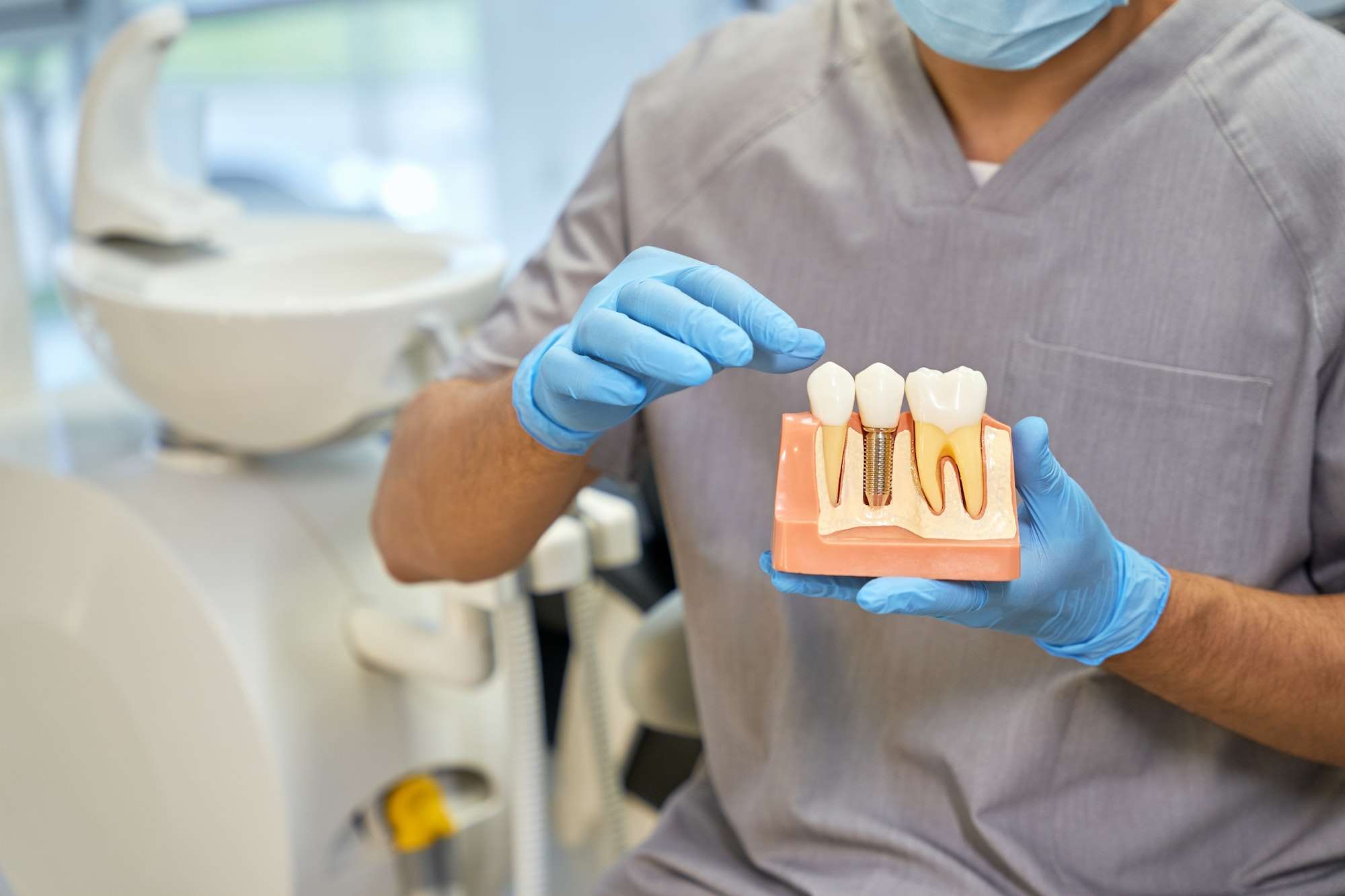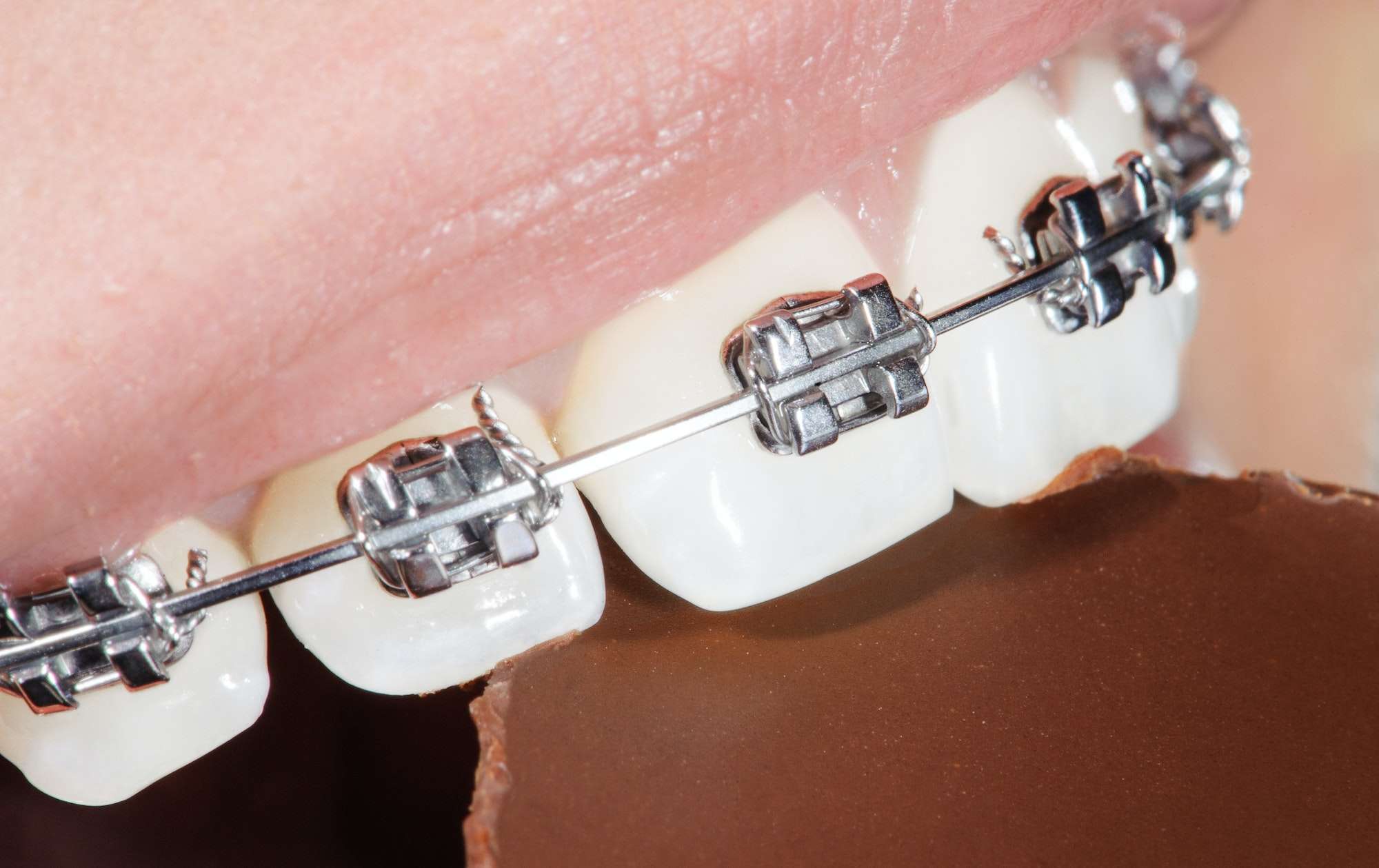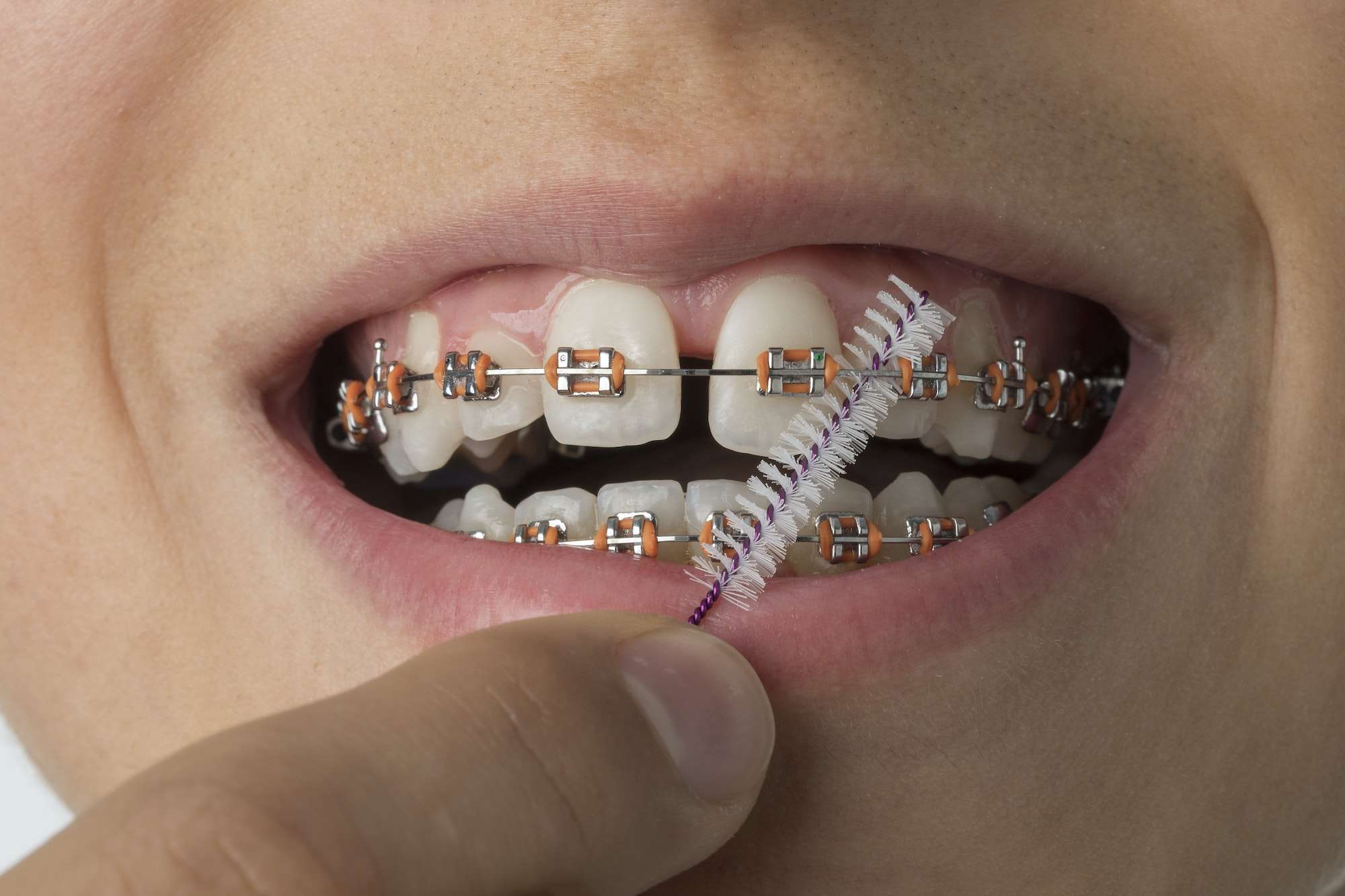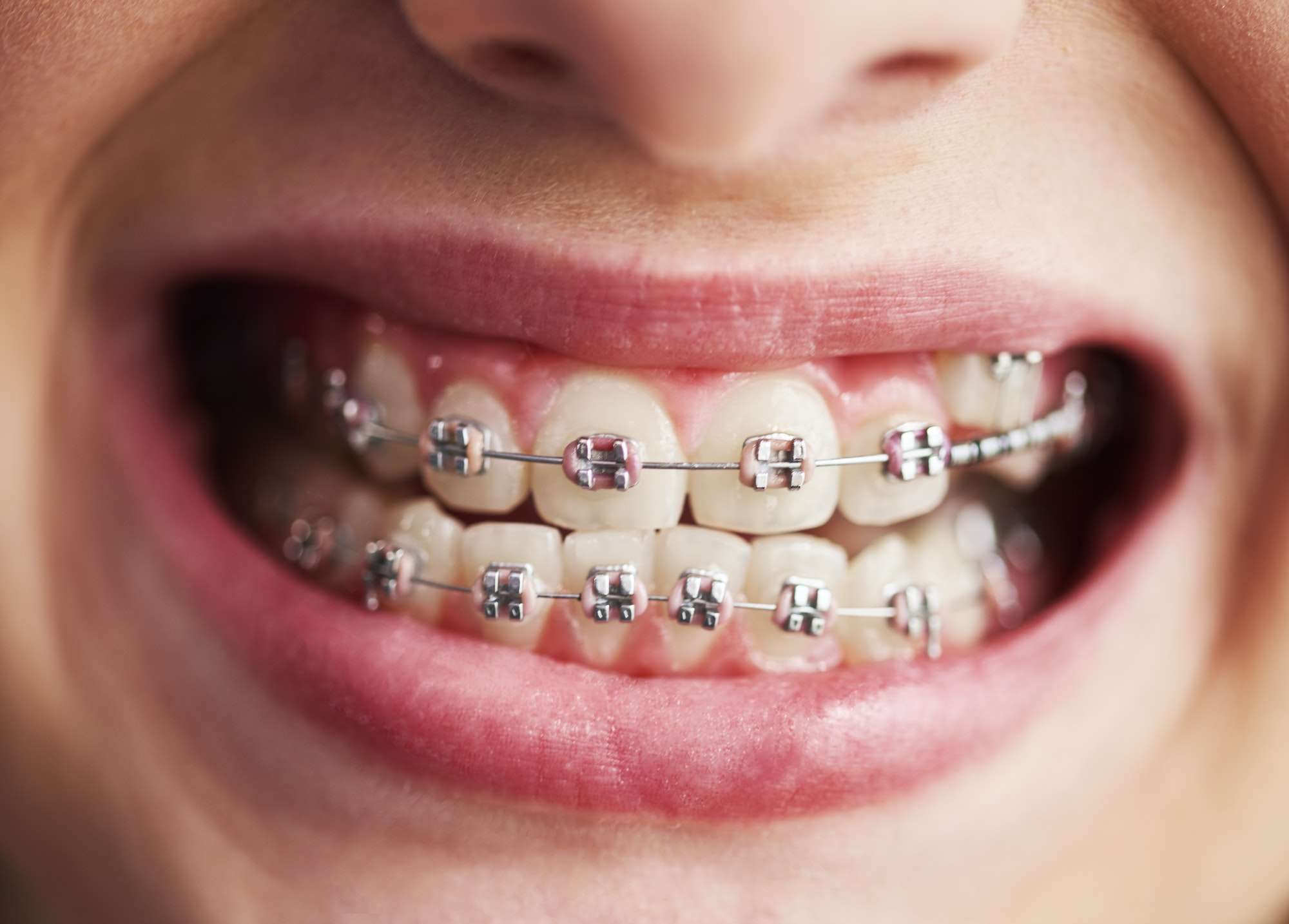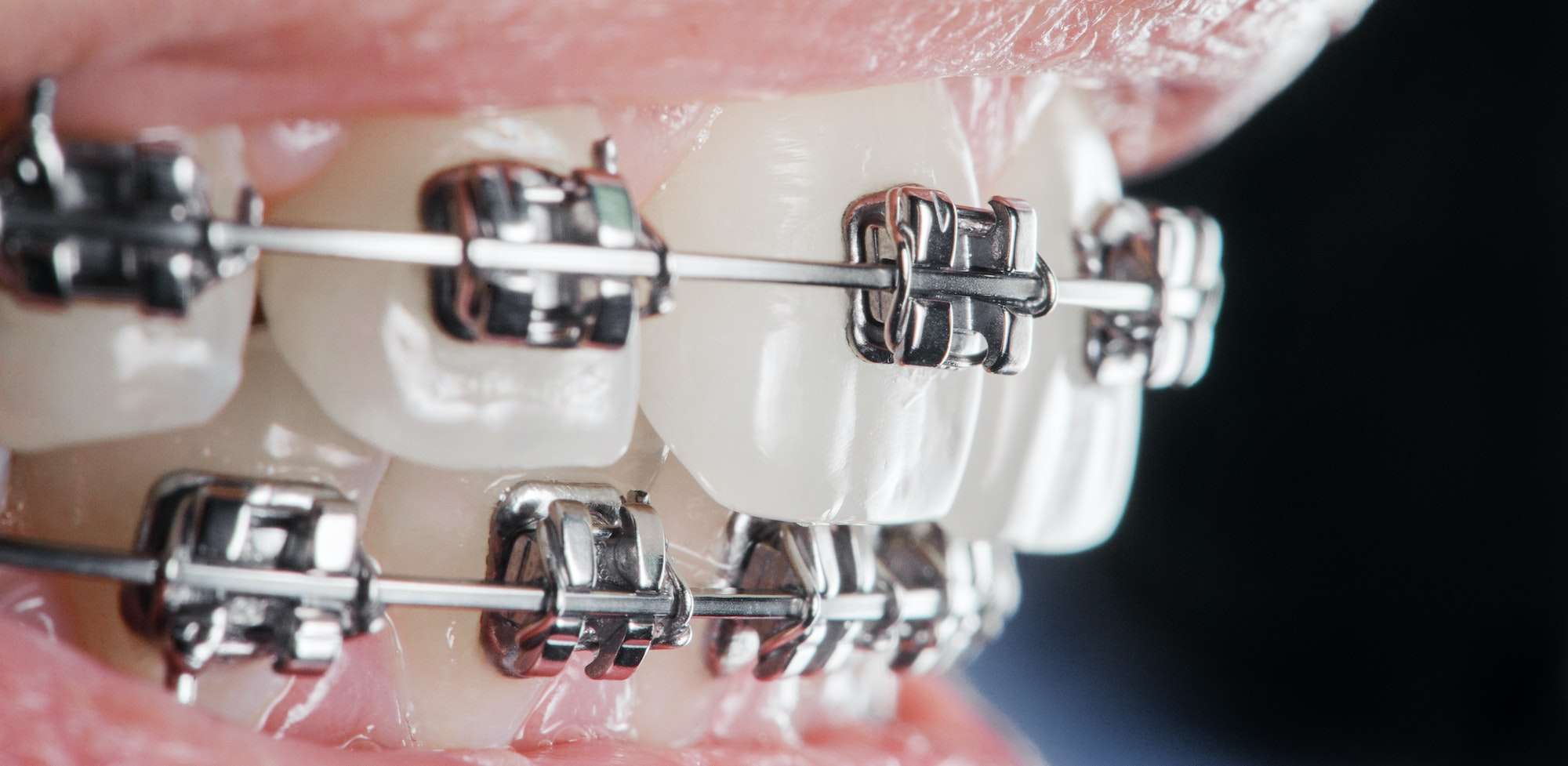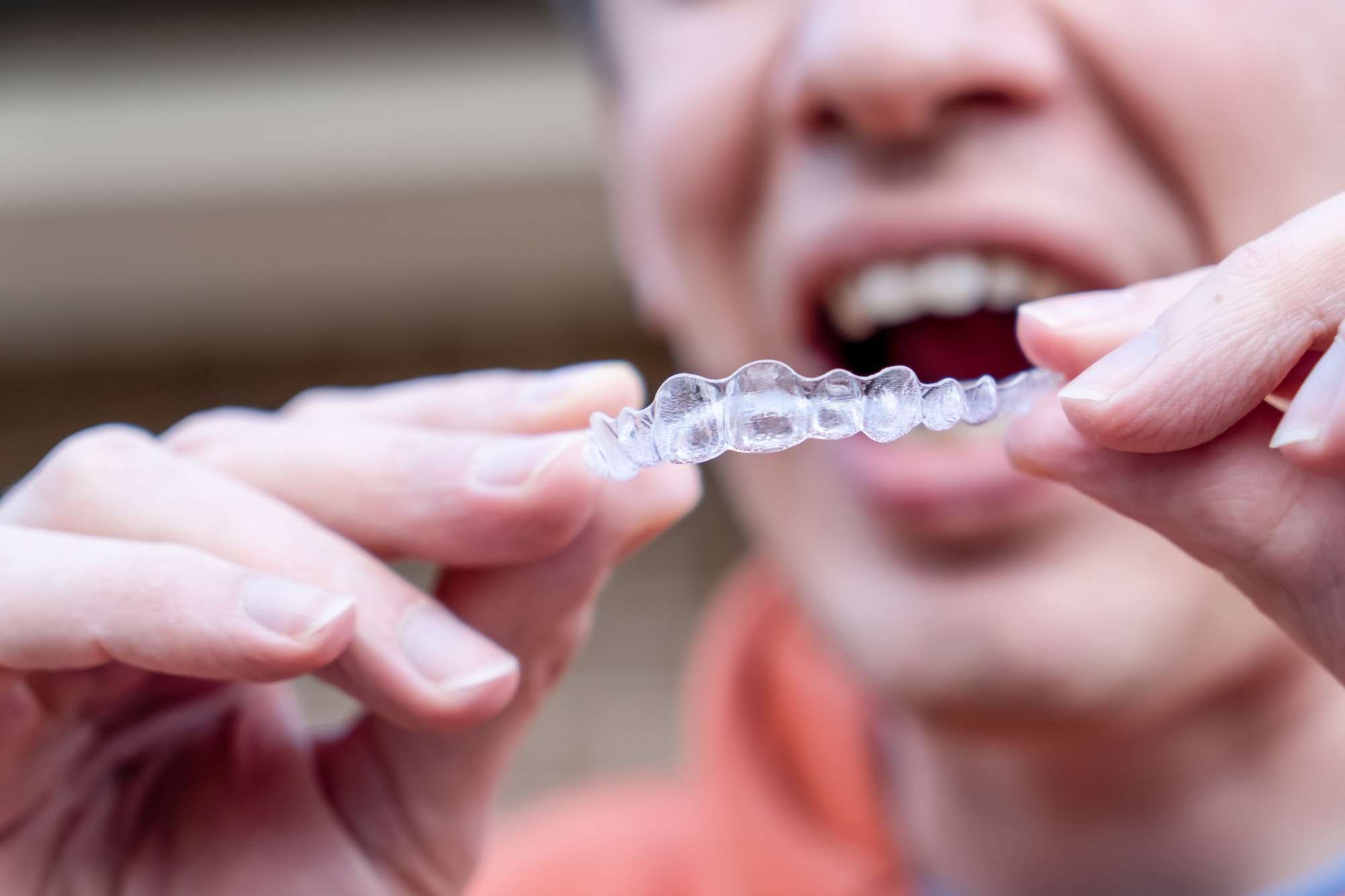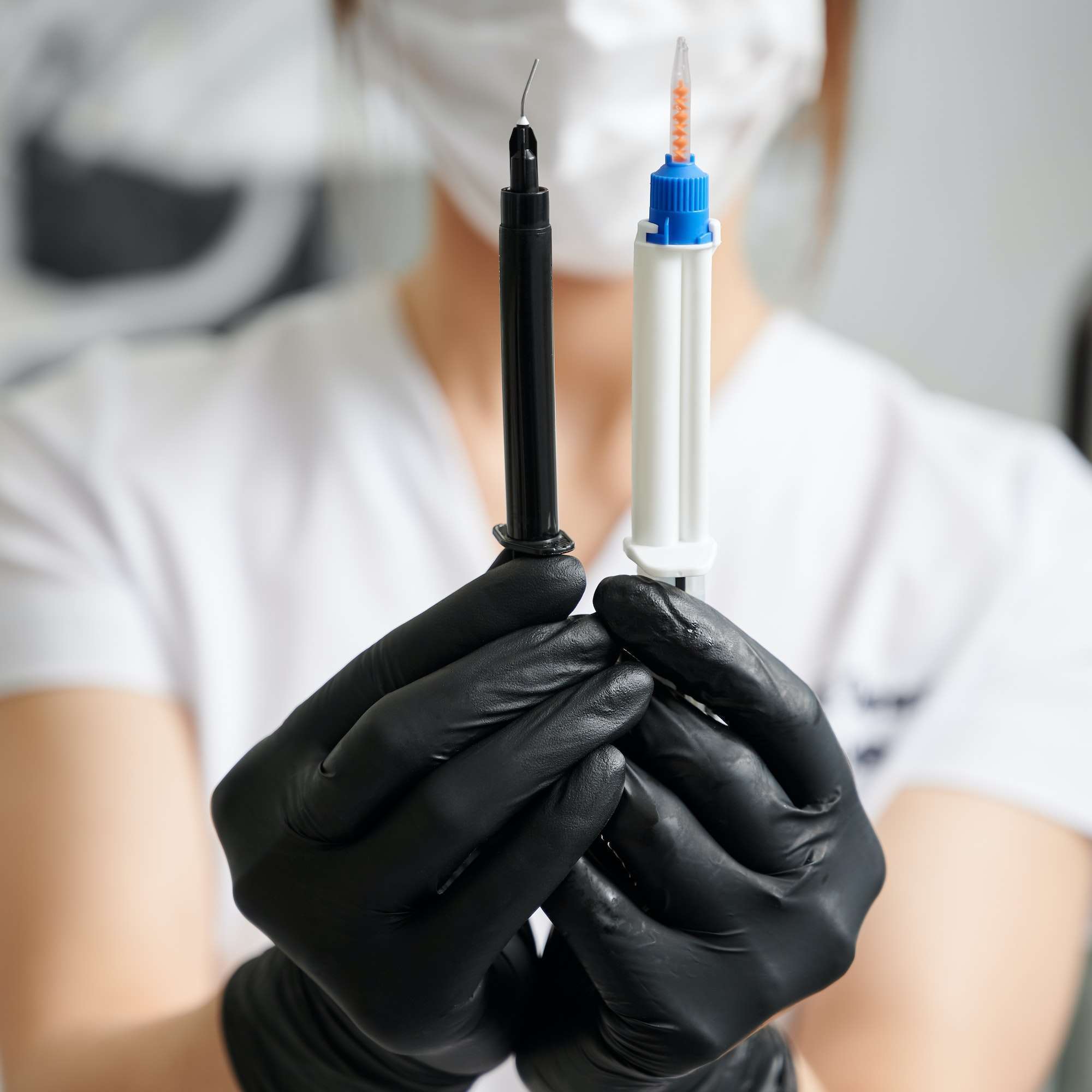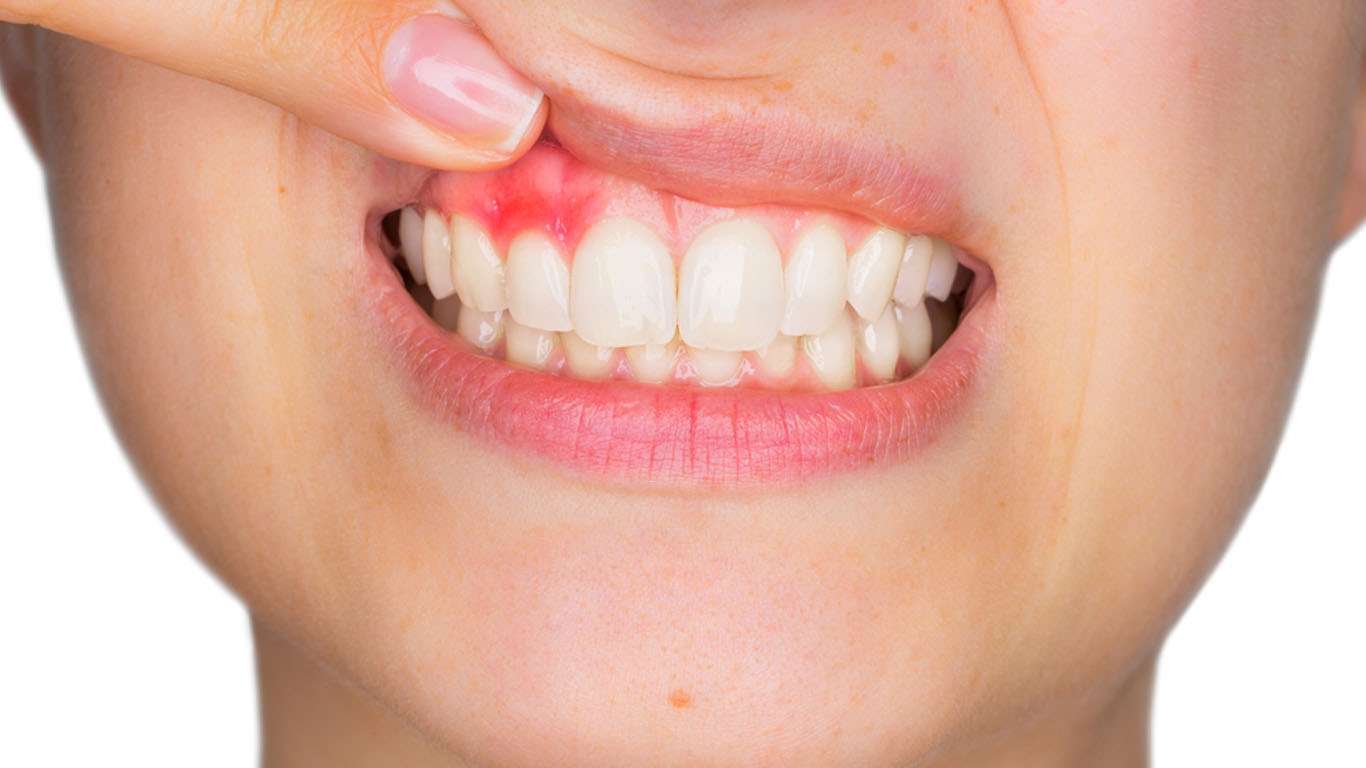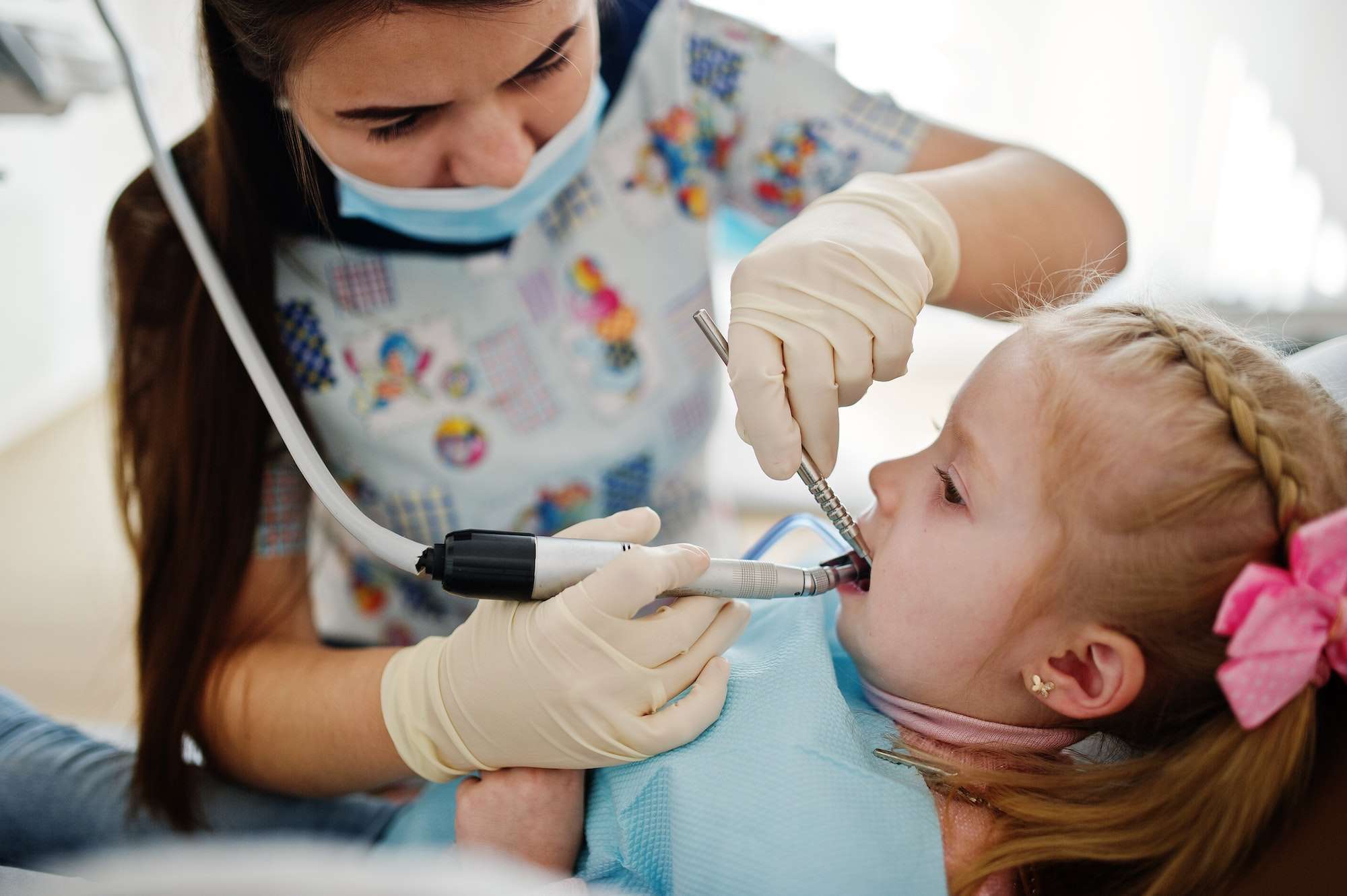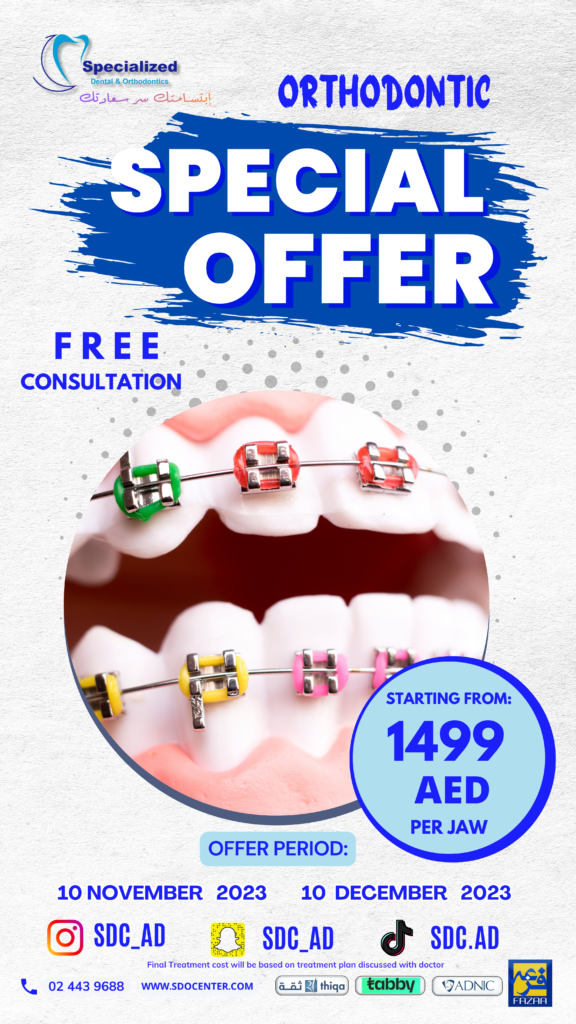Restorative Dentistry
Restorative Dentistry:
“Restorative dentistry” is the term dental experts use to make sense of how they replace missing or harmed teeth. Fillings, crowns (“covers”), bridges and implants are normal restorative choices. The objective is to bring back your normal smile and forestall future oral medical problems.
Why restorative dentistry procedures are required?
- Filling empty spaces in the mouth helps keep teeth appropriately adjusted
- Replacing teeth makes it more straightforward to keep up with great oral consideration propensities to assist with forestalling plaque develop and the issues plaque can prompt
- Missing teeth can affect your wellbeing, appearance and confidence


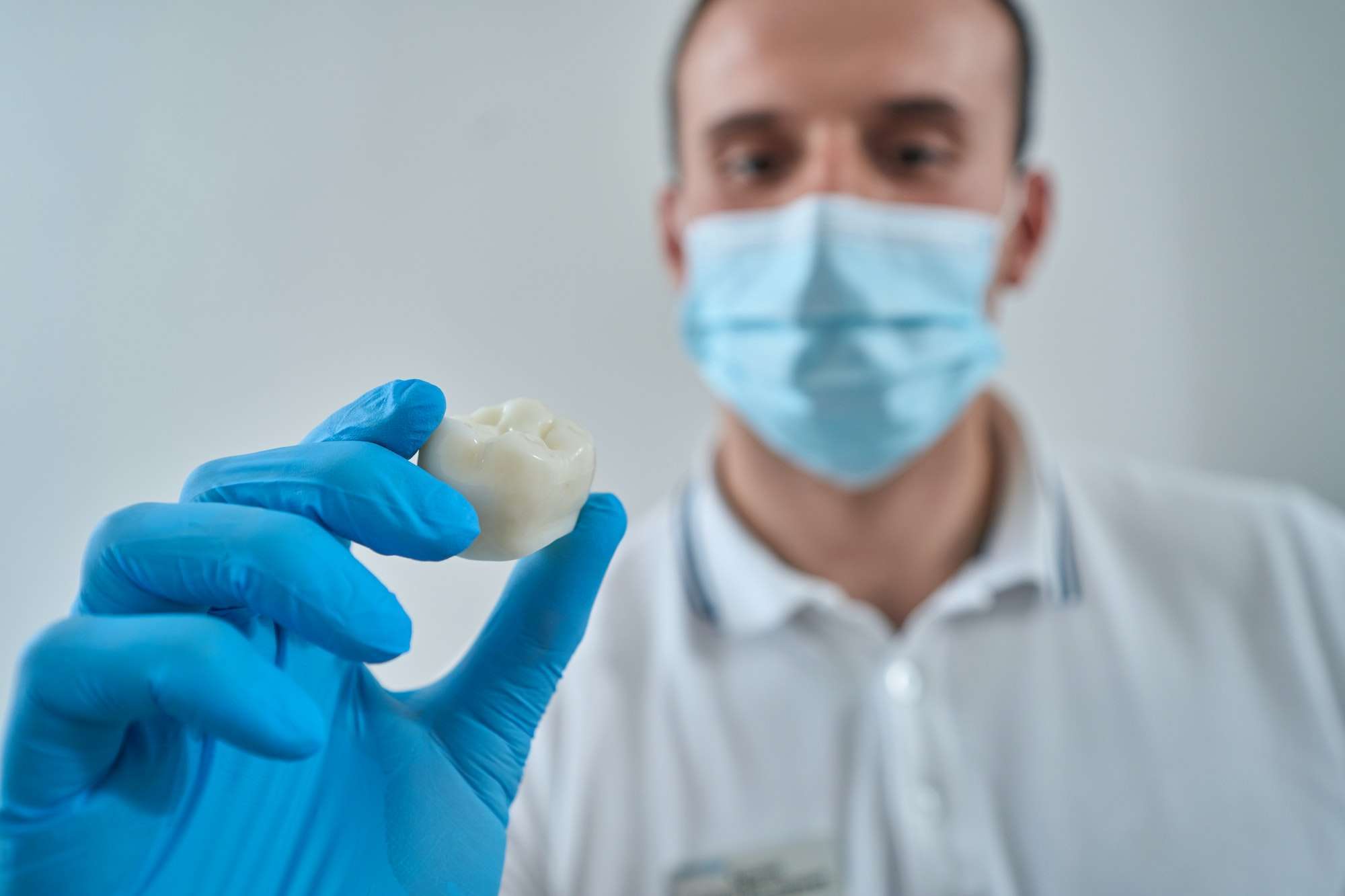

Restorative Dental treatment types:
Fillings
Fillings are the most well-known kind of dental restoration. They fill a depression in your teeth with gold, silver blend, or tooth-hued plastic and glass materials called composite resin fillings.
Implants
Implants are little, anchoring posts made of metal (for the most part of titanium or a titanium combination) that are put into the bone attachment where teeth are absent. The implant may require a attachment called a abutment that will behave like a crown preparation. It is then covered with a crown.
Dentures
Dentures are a removable replacement for missing teeth and encompassing tissues. Your teeth may be gone due to gum sickness, tooth decay, or an injury. They are made of acrylic gum, some of the time joined with metal connections. Complete dentures replace all the teeth. Dentures are looked at when as some regular teeth remain, and are held by metal catches appended to the normal teeth. There are three types of dentures: conventional, immediate and overdenture.
Crowns
Crowns are a tooth-formed “cap” that is put over a tooth to reestablish its shape and size, strength, appearance, to hold a “bridge” (fixed partial dental replacement) set up, or to cover a dental implant. Teeth oftentimes should be decreased uniformly around the tooth with the goal that the crown will perfectly reestablish the size and state of the tooth. This is a long process and may include a impression that is sent to the lab, with a temporary filling/crown.
Bridges
Bridges (fixed partial dental replacement) are false dentures that are intended to “overcome” the issue made by at least one missing teeth. Bridges can be anchored on one or the other side by crowns and cemented permanently into place. Bridges are produced using porcelain, gold, amalgams, or alloys. Fixed bridges are embedded and eliminated by a dental specialist.






